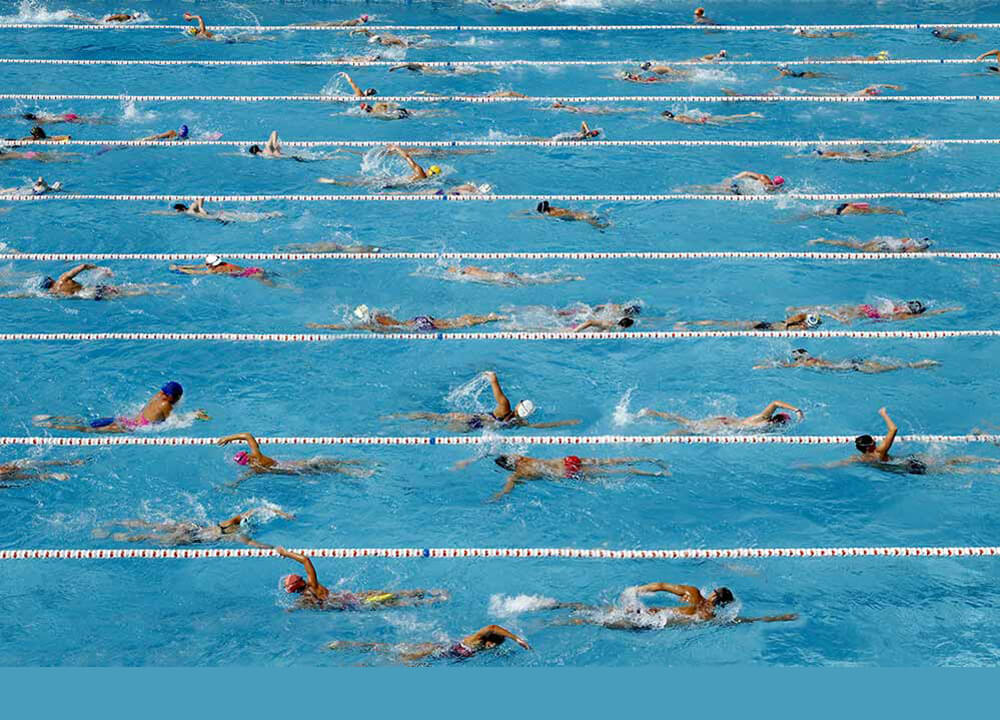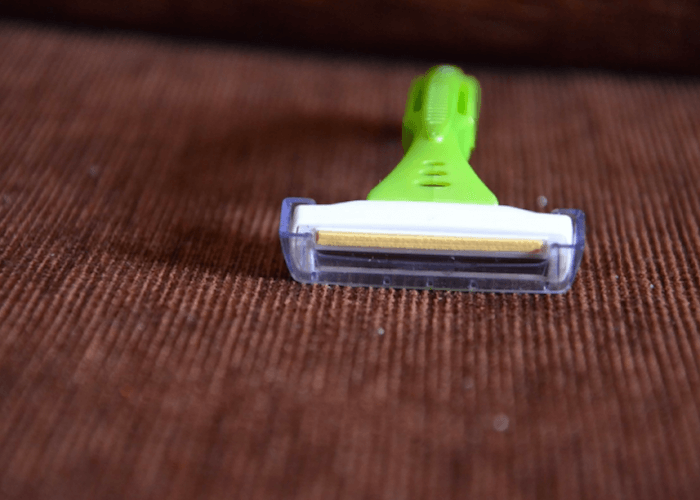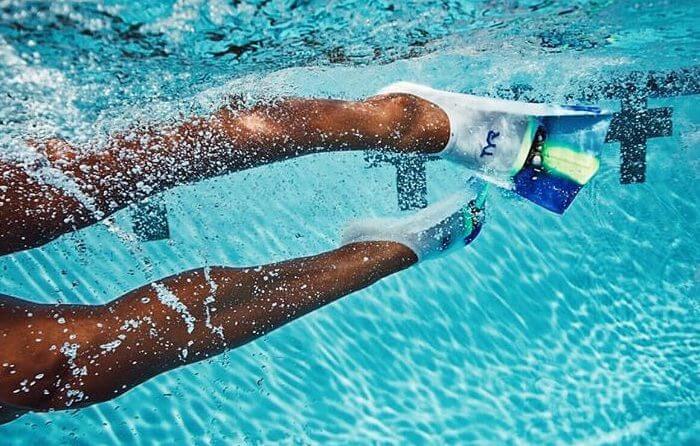What are the 12 Labors of Swimming?

Whether you learned about it in school, or you’re like me and had a giant Greek myth phase when you were little (just ask my mom, she’ll tell you all about it), many know about the Twelve Labors of Hercules. For those not brushed up on their ancient mythology, the goddess Hera decided to make life terrible for Hercules and made him lose his mind, killing his wife and child.
Yes, that is in fact the same Hera seen lovingly doting on him during the 1997 Disney film. Motherly love, am I right? Anyhow, Hercules is understandably a little upset upon waking up from this episode and goes to the gods for guidance, who proceed to sentence him to 12 years of serving a man named Eurytheus, the king Tiryns and Mycenae. Part of this sentence involved performing twelve Labors, or feats so difficult that they seemed impossible. In the end, his struggles made him the perfect embodiment of pathos, or the experience of struggle and suffering that ultimately leads to fame and immortality.
While putting on my suit a while back, prior to my final meet of undergrad, these stories came back to me, because yes, putting on a tech suit really is that hard. I thought to myself: What are some other things swimmers do that just seem really unnecessarily difficult? This list is the result of that.
Putting on a tech suit
I just would really like to know who first came up with the concept of the tech suit. Like, were some guys just hanging out, discussing how to go faster because a few of them had been plateauing, and one of them just had the idea? One of the more fun things in swimming is explaining tech suits to non-swimmers. We really do spend upward of $200 on polyester/nylon/spandex/carbon fiber suits that are at least five sizes too small and can only be worn for a few races. Oh, and if it takes you less than 15 minutes to put it on, it’s either not small enough or there might be a rather large hole in the back. The things we do for the sport.
Shaving

Photo Courtesy:
If you’re like me, and you’re A) a dude and B) you shave once a year, that once a year shaving session is a momentous occasion that usually requires an hour or two set aside, along with some music and a brand new razor and shaving cream. If you’re lucky, you have access to some sort of electrical razor such as a Manscaper. If not, get “comfy,” because it might take a while. That’s just the legs, too. When you’re shaving off everything but your luscious locks, it’s a solid time investment.
Test Sets
You know you’re in for a time when you pull up to practice and your coach announces that it’s test set day – whether that time will be good or not has yet to be determined. No matter what it entails, those two words are almost always met with a sense of dread and somewhat surprise when you touch the wall out of breath 10 to 15 minutes later and realize that you just finished it.
Swimming the Mile
Fortunately, I was never a real distance swimmer. While I did swim the 500 pretty frequently in high school, I can count on a single hand the number of times that I swam it in college (more like one finger) and the number of times that I’ve swum an event longer than the 500 also on one hand (also on one finger). I can’t say that I ever swam the mile, and I honestly feel a little lucky saying that because it looks like a trip and a half.
Putting on a Parachute
It’s funny because with the exception of trying to click with that thing trailing behind you, swimming with a parachute isn’t really that bad. Putting it on, though, is an entirely different element. You could have the buckles separately laid out a good distance apart, but when you have 20 seconds to put it on, they suddenly become two snakes, writhing and rolling as they try to evade your grasp. Then, when you do finally think you have it on and buckled all the way, you push off and they immediately come apart.
Putting On Fins

Photo Courtesy: Instagram, @swimoutlet
This seems easy at first, but it’s like a parachute. When you’re trying to put one of those things on in the ~20 seconds before you start your next set, they suddenly start flapping around like fish and try to go anywhere but your feet. It’s especially bad when you start your warmup with fins and you’re trying to put them on without using your hands because you’re probably like me and too lazy to physically pick them up.
Getting Up For Morning Practice
I’m not a morning person. At all. I missed the bus on at least two occasions my freshman year of high school because I fell asleep in the shower. In fact, I regularly set at least five to 10 alarms for morning lift and practice, and as a result if I want to get a nap in before work in the afternoon, I have to scroll for a good minute or so before I get past noon. I fortunately don’t really need to worry about said alarms, because my body will regularly wake me up a few times during the night in order to remind me, don’t be late for practice. Whether it’s for a lift or swimming, there’s something about getting up when the world is still dark that’s just unappealing, and no matter how badly you want it to, the thought of Chick-fil-a or Krispy Kreme offers absolutely zero consolation for the cold pool you’re about to jump into.
Getting Out of Your Car to Go to Morning Practice

Photo Courtesy: Annie Grevers
I consider the act of making it to any sort of morning practice a two-step process, especially when it’s between November and February and roughly 30 degrees in the mornings. First is the above: The act of actually getting up. Next up, though, is what I consider the second waking-up: The act of actually getting out of your car and going into the pool. When the world is dark and cold, your car seat could be a wooden stool bolted to the floor of the car and still be the most comfortable thing in the world at that moment, let alone a reclinable heated leather seat.
Cooling Down After Your Last Race
First, let me clarify something in case it’s not clear here. I don’t mean cooling down after a race. As much as it’s a necessary evil, it’s still necessary, especially when you’ve just completed the 400 IM and you feel like THAT guy from SpongeBob.
What I mean is when you’ve just finished your final race of a meet or your final race of prelims, and all you want to do is get changed and go to Chipotle, but your coach is insisting that you do at least a 200 to flush out that lactic acid. Another necessary evil is that team cooldown after a meet is over. My college coach’s set of choice was 5-7×100, LIFO(Last In, First Out). It’s one of those things where you understand it, but you would be lying if you said the only thing on your mind wasn’t getting changed and getting some grub on the bus ride home.
Arguing With People Who Claim Swimming Isn’t a Sport
You’d think that it being 2021 and arguably the greatest athlete of all time being a swimmer, you wouldn’t have to deal with this argument. Unfortunately, we do, and it’s usually the people who cheer for the Yankees/Lakers/Cowboys and claim that they keep up with sports when the only personality they listen to on a daily basis is Stephen A. Smith. Fortunately, they’re relatively easy to spot. If they’re on social media, they can usually be found starting arguments on Twitter and probably have every team they cheer for in their social media profile. If the Olympic argument doesn’t get them, they can usually get warded off with this video of former National Teamer Grant Shoults absolutely demolishing a baseball. Just look at that form, too.
Running
Some swimmers can run and actually look natural doing it, which is probably good being that was the default defense mechanism for the cavemen when confronted by a predator such as a wooly mammoth. Unfortunately, I’m not one of those people. The last time I tried running, when my school went into a temporary lockdown due to the coronavirus and pretty much shut the entire campus down for a week, I ran two miles, got shin splints, and called it a day week. Massive props to people who can go for a run and actually look somewhat competent while doing so.
Knowing When to Hang Up the Goggles and Call It a Day
For all of the funnier items on this list, this is a step that a lot of swimmers really, truly struggle with and it comes at a different time for almost everyone. Some do it after their final summer swim season, others at the end of their college careers, and some keep going long into their postgrad years. Maybe your kid starts swimming and you hang things up only to get back into it years later after your golf buddy kicks your butt in the Parent Relays. Who knows?
All commentaries are the opinion of the author and do not necessarily reflect the views of Swimming World Magazine nor its staff.



